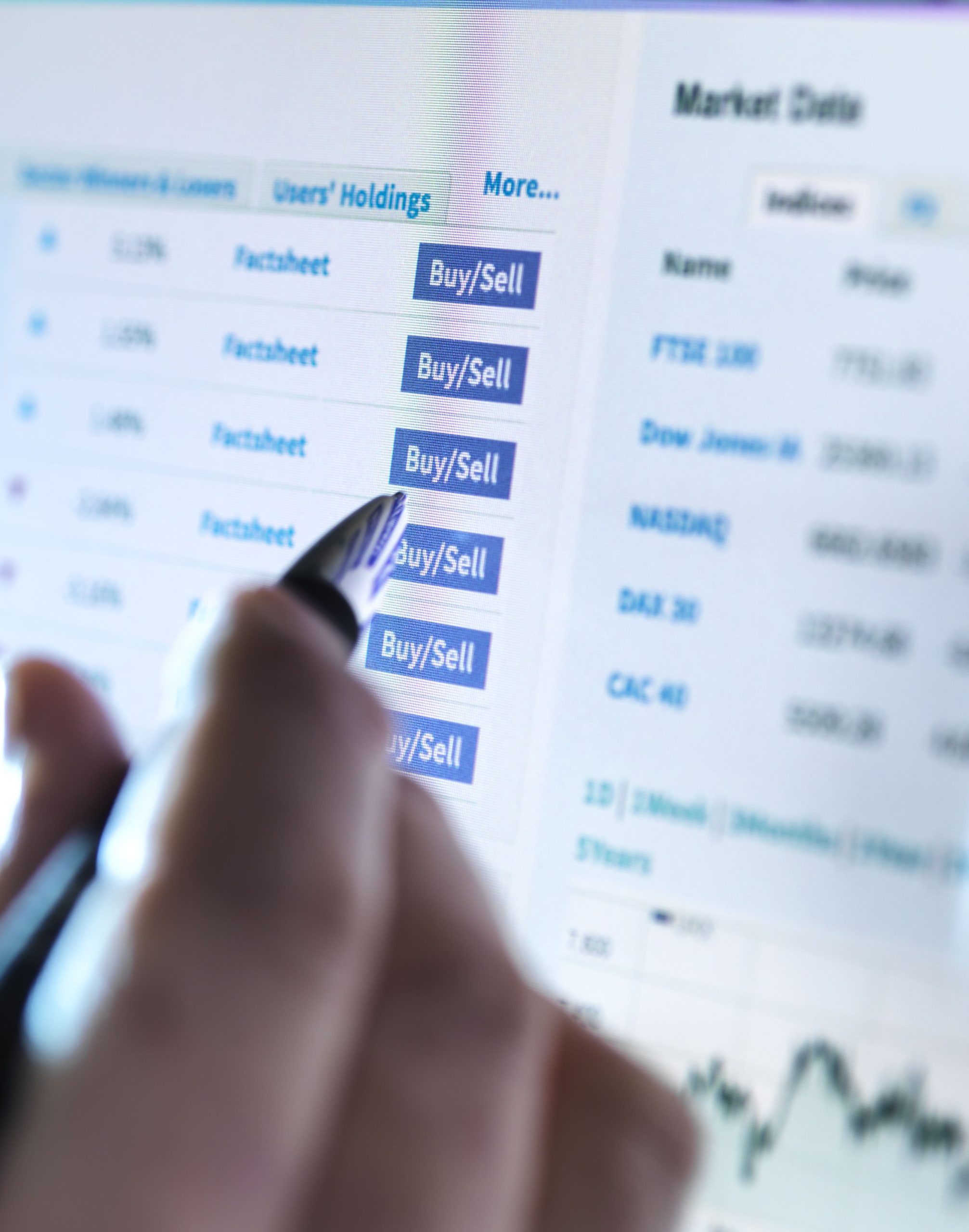The U.S. dollar has recently displayed a more balanced positioning in the foreign exchange markets, signaling a potential short-term rebound. However, analysts caution that this may be a fleeting moment before further Federal Reserve rate cuts and typical seasonal weaknesses set in as the year draws to a close.
Current Dollar Positioning and Market Sentiment
The current state of the dollar reflects a period of adjustment among traders and investors. According to recent analysis from ING Economics, the dollar’s recent resilience appears to be temporary. The market is currently pricing in two additional rate cuts from the Federal Reserve, a factor that could undermine the dollar’s strength in the coming months. The expectation of lower interest rates typically diminishes the attractiveness of holding dollar-denominated assets, leading to a potential depreciation of the currency.
Key Factors Influencing Dollar Movements
- Federal Reserve Policy: The anticipation of further rate cuts is a significant driver of the dollar’s outlook. Lower interest rates often lead to a weaker currency as investors seek higher returns elsewhere.
- Seasonal Trends: Historically, the dollar tends to weaken towards the end of the year. Seasonal factors, such as year-end profit-taking and adjustments in portfolio allocations, could exacerbate this trend.
- Global Economic Conditions: The performance of other major currencies and global economic indicators will also play a critical role in shaping the dollar’s trajectory.
Implications for Traders and Investors
For traders, the current dollar positioning suggests caution. While the temporary bounce may provide short-term trading opportunities, the underlying fundamentals indicate potential headwinds ahead. Investors should consider adjusting their strategies to account for the expected Fed rate cuts and the associated impact on the dollar.
Moreover, as the market navigates these shifts, diversifying currency exposure might be prudent. Engaging with other currencies that could benefit from a weaker dollar—such as the euro or the Japanese yen—may provide a hedge against potential losses in dollar-denominated assets.
Conclusion
In summary, while the dollar is currently experiencing a phase of temporary strength, the outlook remains cautious due to anticipated Federal Reserve rate cuts and seasonal trends. Traders and investors should remain vigilant and prepared to adapt their strategies as market dynamics evolve. The debate on the dollar’s future trajectory continues, with significant implications for global trade and investment strategies.



